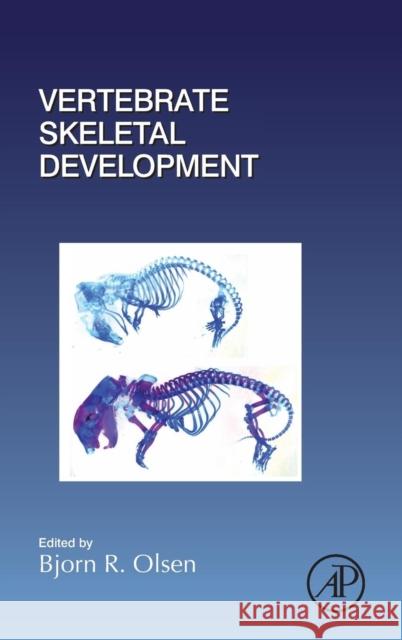Vertebrate Skeletal Development: Volume 133 » książka
topmenu
Vertebrate Skeletal Development: Volume 133
ISBN-13: 9780128104873 / Angielski / Twarda / 2019 / 409 str.
Kategorie:
Wydawca:
Academic Press
Seria wydawnicza:
Język:
Angielski
ISBN-13:
9780128104873
Rok wydania:
2019
Numer serii:
000050961
Ilość stron:
409
Waga:
0.71 kg
Wymiary:
22.91 x 15.19 x 2.39
Oprawa:
Twarda
Wolumenów:
01











